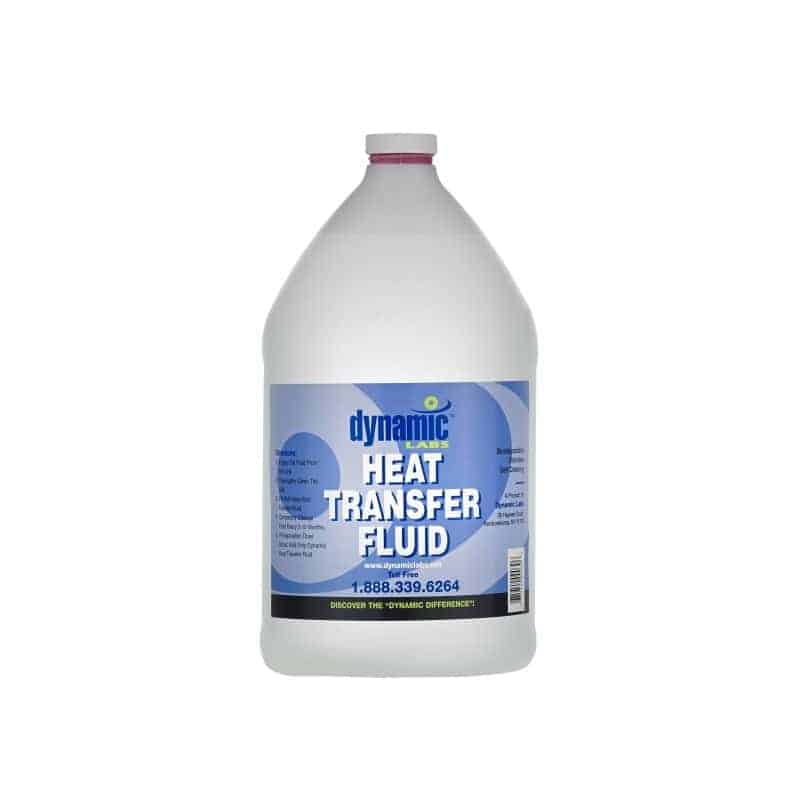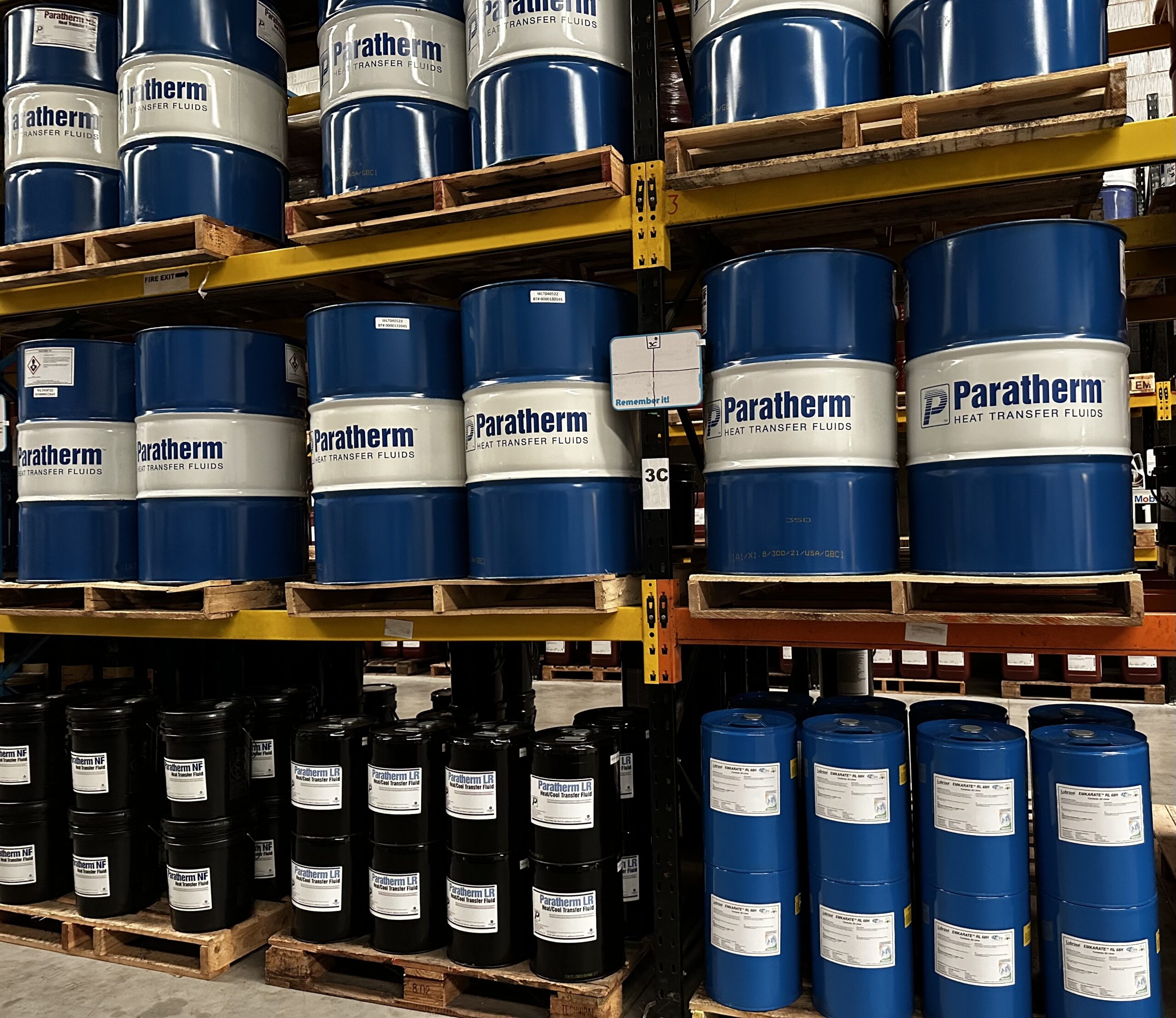A Comprehensive Guide to Heat Transfer Fluid for Solar Thermal Solutions
A Comprehensive Guide to Heat Transfer Fluid for Solar Thermal Solutions
Blog Article
Comprehending the Uses of Heat Transfer Liquid in Industrial Applications
In the vibrant landscape of commercial applications, warm transfer liquids (HTFs) are important for maintaining exact thermal guideline, pivotal to enhancing functional efficiency and item quality. From the details of chemical processing to the robust needs of power generation, HTFs are main to making sure steady and efficient warm exchange. With their critical role spanning diverse fields, including the food and beverage sector, recognizing their complex applications is vital. However, what cutting-edge developments in HTF innovation are on the horizon, and exactly how might they redefine market standards? This expedition promises insights right into these engaging inquiries.
Role in Chemical Processing
In chemical processing, heat transfer fluids play a critical duty in preserving precise temperature level control, which is crucial for maximizing reaction prices and making sure product quality - heat transfer fluid. These liquids are pivotal in assisting in efficient heat exchange in between procedure devices, thus enabling the policy of thermal problems within activators, distillation columns, and other critical device. Their capacity to preserve stability under varying thermal loads and ecological problems makes them vital in chemical manufacturing
The selection of a suitable heat transfer liquid is identified by factors such as thermal conductivity, details warm capability, thickness, and chemical compatibility with the procedure materials. High-performance liquids enable for fast cooling and heating, enhancing the performance of endothermic and exothermic reactions. Their thermal security minimizes the danger of destruction or contamination, which can lead to tools fouling and reduced procedure efficiency.
In enhancement to temperature level law, these fluids add to safety by stopping getting too hot and reducing the capacity for thermal runaway responses. By offering regular thermal management, warm transfer fluids improve procedure integrity and can bring about significant energy financial savings. As chemical processes end up being significantly complicated, the relevance of selecting and preserving ideal warmth transfer liquids can not be overstated.

Power Generation Applications
Moving from chemical processing to power generation, warm transfer liquids assume a crucial role in the manufacturing of energy. In power generation applications, these fluids contribute in maintaining ideal thermal performance and ensuring the dependable procedure of power plants. Different kinds of power generation centers, including fossil fuel-based plants and focused solar energy (CSP) systems, rely heavily on warm transfer liquids for reliable energy conversion.
In nonrenewable fuel source nuclear power plant, warmth transfer fluids are utilized to transfer heat from combustion gases to water in central heating boilers, generating steam that drives turbines. This process calls for liquids with high thermal security and outstanding heat transfer residential or commercial properties to hold up against extreme temperature levels and pressures. Likewise, in CSP plants, warmth transfer liquids flow via solar collectors, taking in solar energy and transferring it to a central receiver where it is utilized to produce heavy steam. The steam then powers turbines to generate electrical power.
The choice of warmth transfer liquid in these applications is essential, as it influences the plant's performance, security, and environmental footprint. Artificial oils, liquified salts, and other specialized fluids are generally made use of, chosen based on their thermal security, warm capacity, and compatibility with system products.
Effect On Food and Beverage Industry

In enhancement to improving item quality, warmth transfer liquids add to functional performance by minimizing energy intake and minimizing procedure times. Their thermal stability and high warmth capacity enable for rapid heating and cooling down cycles, causing boosted throughput and cost-effectiveness. Additionally, using food-grade heat transfer fluids, which adhere to stringent security criteria, guarantees that there is no threat of contamination, thereby securing public health.
The flexibility of warm transfer liquids allows their application throughout a large range of food and beverage procedures, from milk and confectionery to developing and bottling. By maximizing temperature control, these fluids play a crucial role in meeting the developing needs of the food and drink sector while keeping high criteria of top quality and safety.
Significance in Production

A crucial aspect of making processes across numerous industries is the effective management of temperature, which is where warmth transfer Continue fluids demonstrate their value. Warm transfer liquids facilitate these controlled settings by absorbing, transferring, and launching heat as required.
In producing setups, warm transfer liquids add significantly to operational effectiveness and cost-effectiveness. By lessening temperature level fluctuations, they help decrease energy usage, consequently decreasing functional costs and improving sustainability. Additionally, they boost the lifespan of equipment by stopping getting too hot and thermal stress and anxiety, which can lead to costly downtime and repair work.
Additionally, the versatility of heat transfer liquids permits them to be tailored for certain applications, fitting a large variety of temperatures and environmental conditions. This adaptability ensures regular efficiency, also in one of the most requiring industrial settings. Inevitably, the calculated use heat transfer liquids equips manufacturers to enhance their processes, boost product high quality, and keep an one-upmanship in an ever-evolving market.
Developments in Heat Transfer Technology
With advancements in warm transfer technology, sectors are experiencing transformative enhancements in temperature monitoring systems. This development is driven by the growth of a lot more efficient warmth transfer fluids (HTFs) and cutting-edge system styles. Modern HTFs, such as nano-fluids, show improved thermal conductivity and security, which considerably boost warm exchange procedures. These fluids are crafted to endure severe temperatures while preserving reduced viscosity, minimizing energy usage and functional costs.
Moreover, the combination of clever technology and digital surveillance systems has actually transformed warmth management. Advanced sensors and IoT gadgets give real-time data analytics, allowing exact control and optimization of warmth transfer processes. This results in improved safety and security, reduced downtime, and prolonged devices life-span.
Additionally, the introduction of magnetic and phase-change products in warmth transfer applications notes a significant leap ahead. heat transfer fluid. Magnetic liquids, for instance, deal rapid warm dissipation via magnetic field control, while phase-change materials effectively keep and launch thermal energy during phase shifts
These technological strides are not only boosting performance in standard industries such as chemical handling and power generation however are likewise promoting advancement in arising fields like sustainable energy systems and electronic cooling, leading the way for lasting commercial procedures.

Conclusion
Warm transfer fluids are essential to industrial applications, pop over to this web-site offering precise temperature level control and boosting functional effectiveness. Advancements in heat transfer modern technology anchor proceed to enhance these functions, emphasizing the essential function of HTFs in industrial procedures.
Report this page